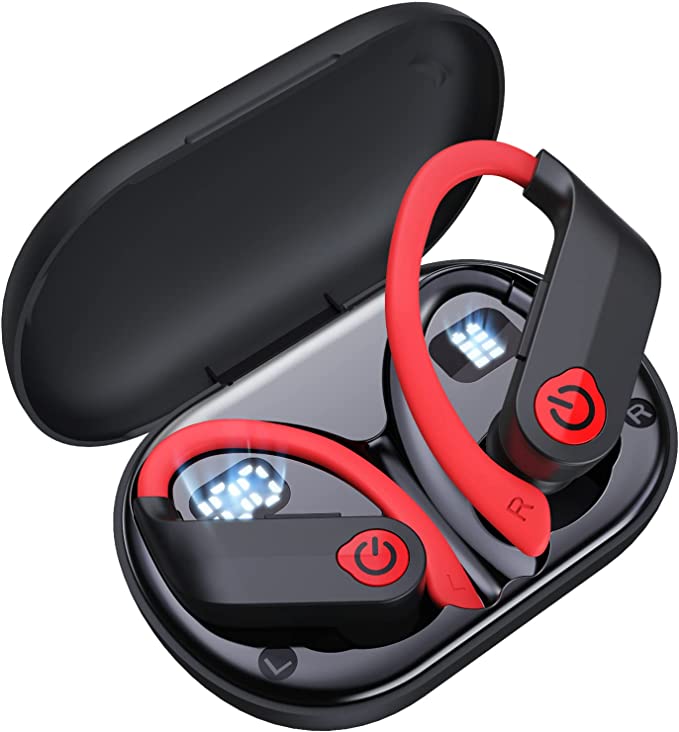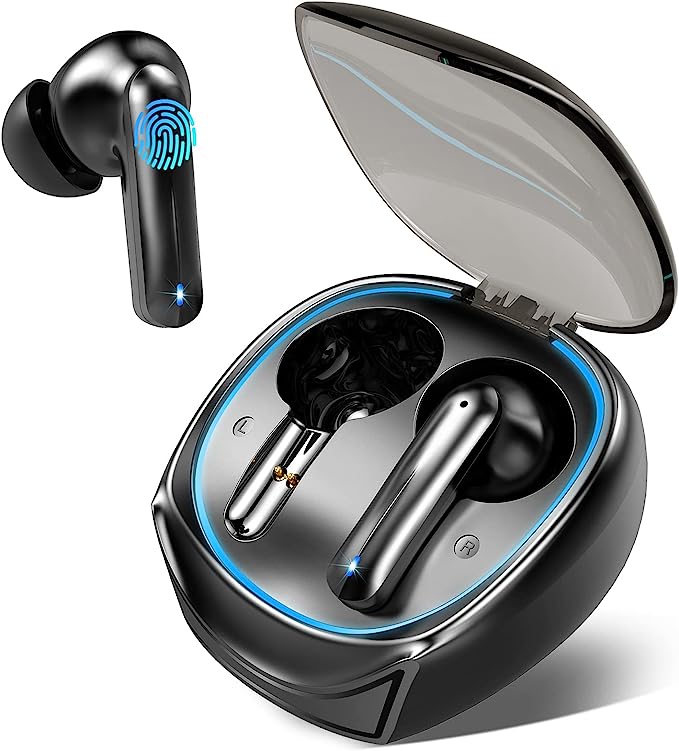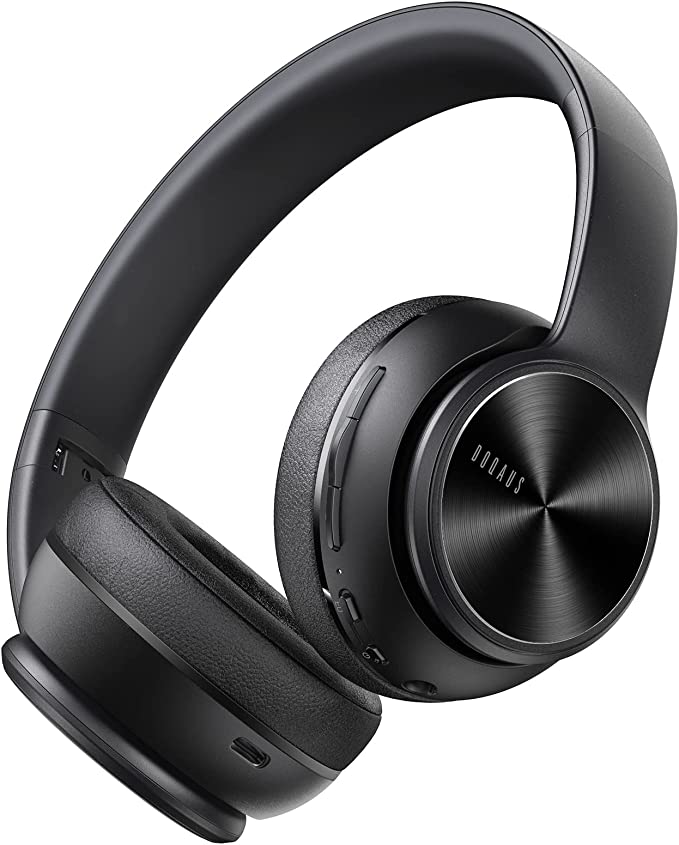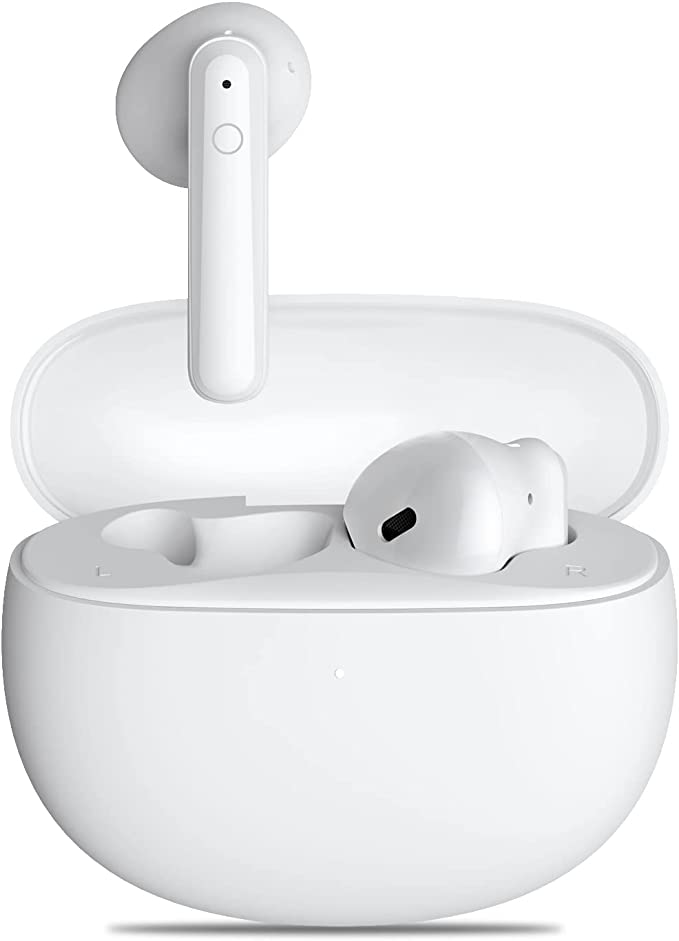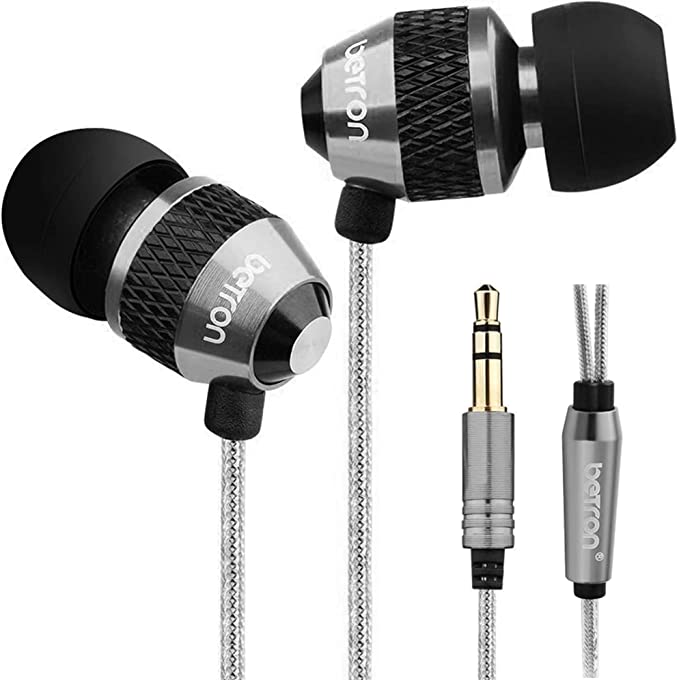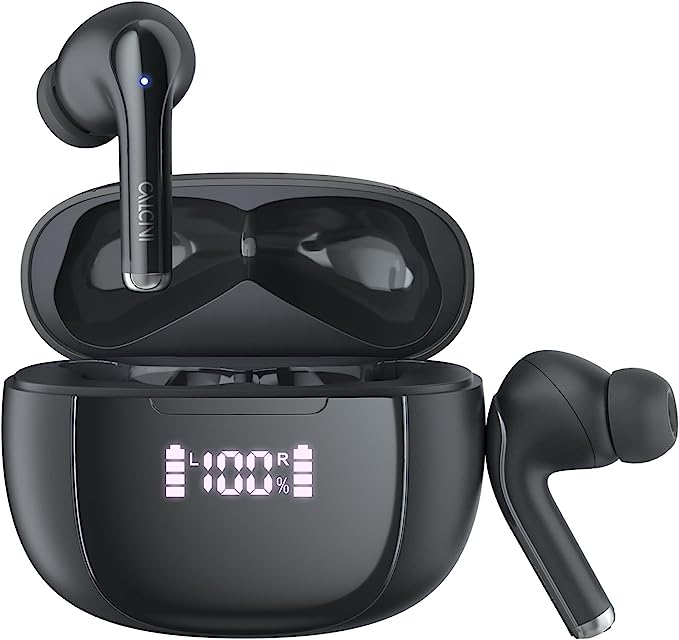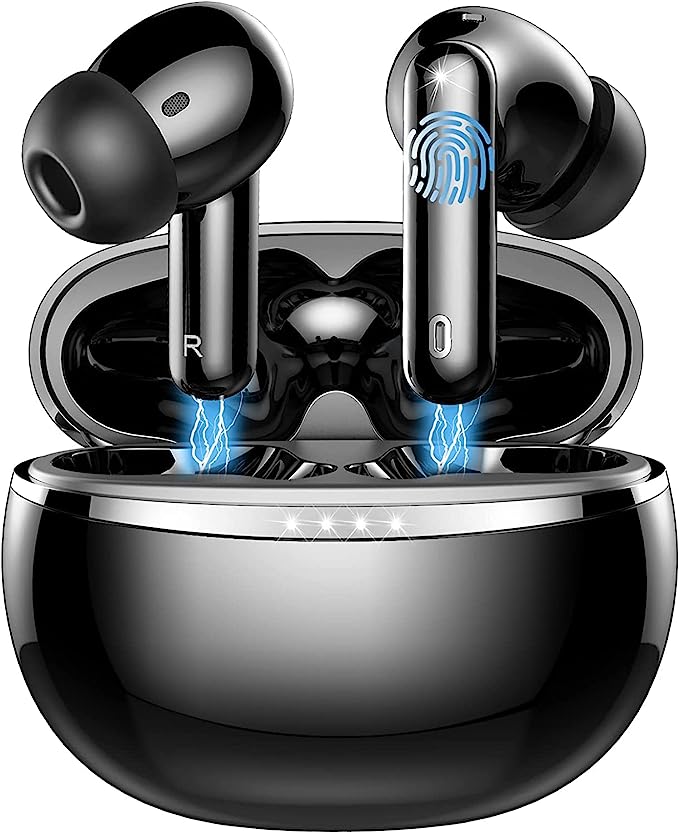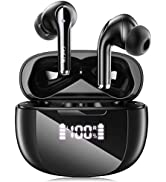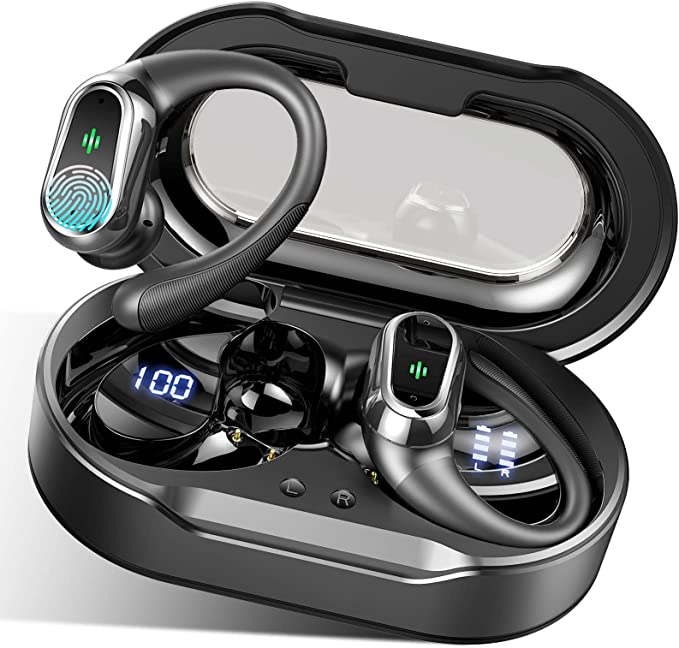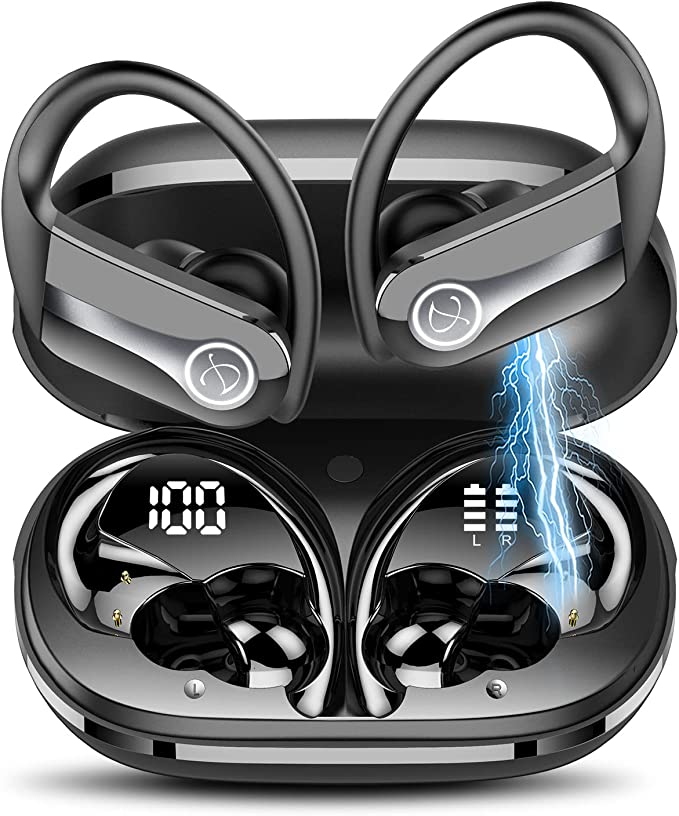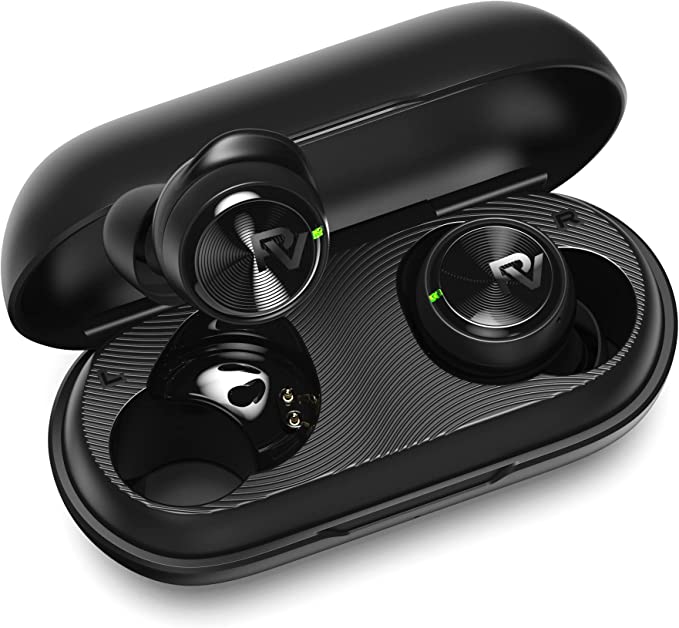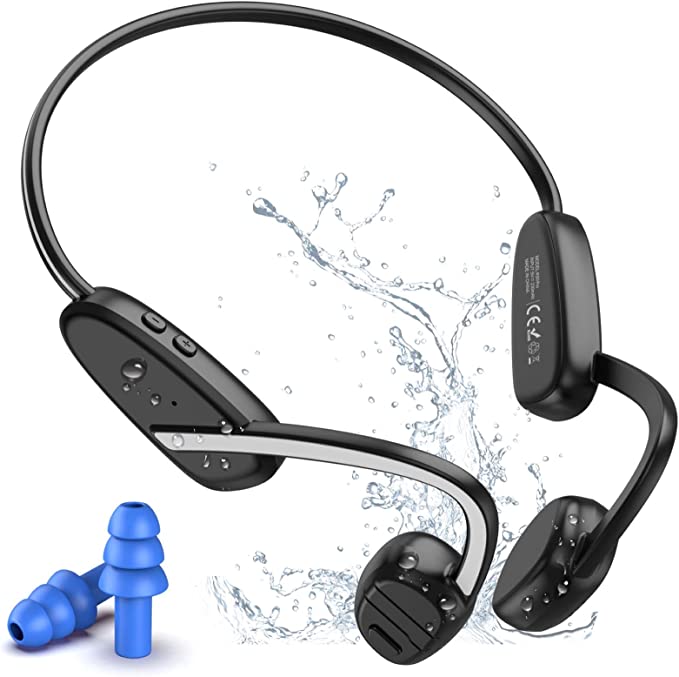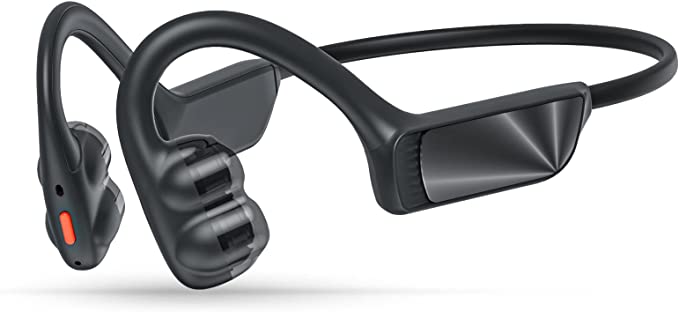The End of the Black Box: Why Bluetooth 5.3 and LED Displays Define Modern Budget Audio
Update on Nov. 23, 2025, 8:45 p.m.
In the rapid evolution of True Wireless Stereo (TWS) technology, a strange paradox has emerged. While flagship devices chase esoteric features like spatial audio, they often neglect a fundamental user anxiety: the “Black Box” of the charging case. For years, users have tolerated vague indicator lights, never truly knowing if their case holds 20% or 80% charge.
The next generation of practical audio gear is shifting focus from “brand prestige” to “quantified utility.” Devices like the MonAdd K11 Wireless Headphones exemplify this trend. By integrating visible power management systems and the latest Bluetooth 5.3 protocol, these devices argue that the most valuable feature in 2025 is not just sound, but certainty.

Quantified Energy: Solving Battery Anxiety
The psychology of “Battery Anxiety” is real. It stems from a lack of information. Most TWS cases act as opaque reservoirs of energy. The MonAdd K11 addresses this through a Dual Digital Power Display.
This is not merely an aesthetic choice; it is a functional interface. The case provides real-time, numerical feedback on its own remaining power (0-100%) and separate visual indicators for each earbud’s charging status. * Granular Planning: Knowing you have exactly 30% left allows for better decision-making (e.g., “I need to charge before my flight”) compared to a blinking red light that could mean anything from “1 hour left” to “dead in 5 minutes.” * Feedback Loop: Immediate visual confirmation that the earbuds are seated correctly and charging eliminates the frustration of opening the case to find dead buds.
With a total playtime of 32 hours (and 6-8 hours on a single charge), this visualization system turns energy from a guessing game into a manageable resource.

The Protocol Leap: Why Bluetooth 5.3 Matters
Many budget headphones still rely on older Bluetooth 5.0 or 5.1 chips. The leap to Bluetooth 5.3, as seen in the K11, represents a significant architectural upgrade in wireless transmission.
Bluetooth 5.3 introduces enhancements specifically targeting connection efficiency and latency:
1. Connection Subrating: This feature allows the device to switch between low-power and high-performance modes more quickly. For the user, this means less battery drain when music is paused and instant responsiveness when play is hit.
2. Interference Resistance: Improved channel classification algorithms allow the signal to navigate crowded 2.4GHz environments (like gyms or offices) with greater stability, reducing the “stutter” often associated with wireless audio.
This protocol efficiency is a key reason why a compact, lightweight earbud can achieve 6-8 hours of continuous playback without a massive battery.

Acoustic Physics: The Case for 13mm Drivers
In the world of micro-speakers, size dictates physics. While many in-ear monitors use 6mm or 8mm drivers, the MonAdd K11 employs a massive 13mm Dynamic Driver.
Why does this matter? * Air Displacement: Sound is vibration. A larger diaphragm surface area can move more air with less excursion (movement). This is physically necessary to produce deep, resonant bass frequencies without distortion. * Efficiency: Larger drivers can often produce the same sound pressure level (volume) with less electrical power than smaller drivers that need to be driven harder.
For an in-ear device, a 13mm driver suggests a sound signature tuned for warmth and impact, compensating for the lack of a complete ear-canal seal often found in ultra-light designs.

Ergonomics of the “Phantom” Fit
Comfort is governed by gravity. The heavier the earbud, the more friction is required to keep it in the ear canal. The K11 focuses on an Ultra-light architecture, with each bud weighing just 3.5 grams (0.12oz).
To put this in perspective, a standard sheet of A4 paper weighs about 5 grams. This extreme lightness reduces the “lever effect” that causes ear fatigue. Combined with an ergonomic shape that distributes contact points, it aims for a “phantom” fit—where the user forgets they are wearing the device. This is critical for sports and long work sessions, where physical awareness of the device can break immersion.

Conclusion: The Democratization of Efficiency
The MonAdd K11 illustrates a shift in the audio market. Advanced connectivity (Bluetooth 5.3) and sophisticated power management (LED Displays) are no longer the domain of premium tiers. They are becoming the baseline for utility.
For the consumer, this means that choosing a budget device no longer requires sacrificing connection stability or information transparency. It represents a pragmatic choice for those who value verified performance over brand mystique.


